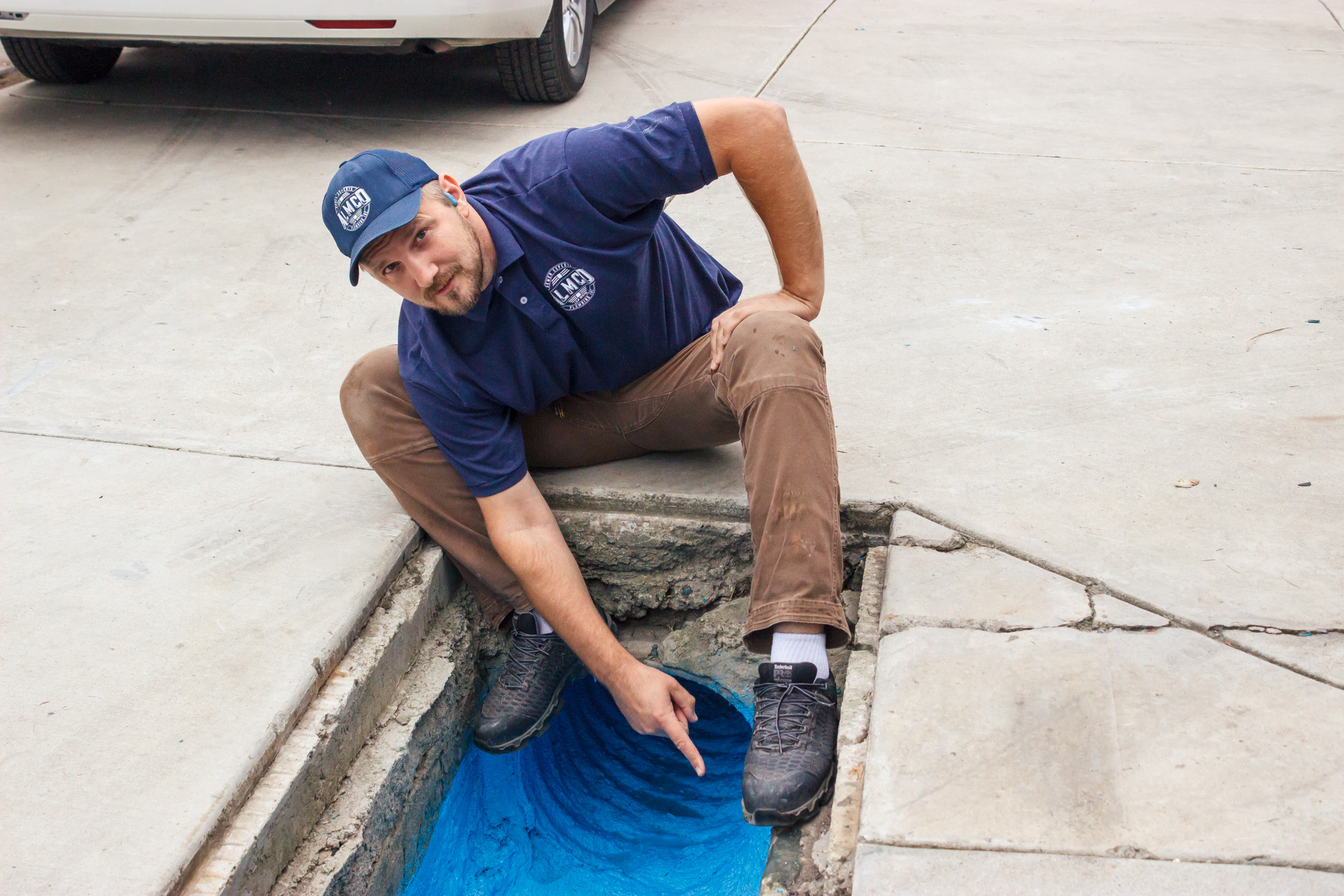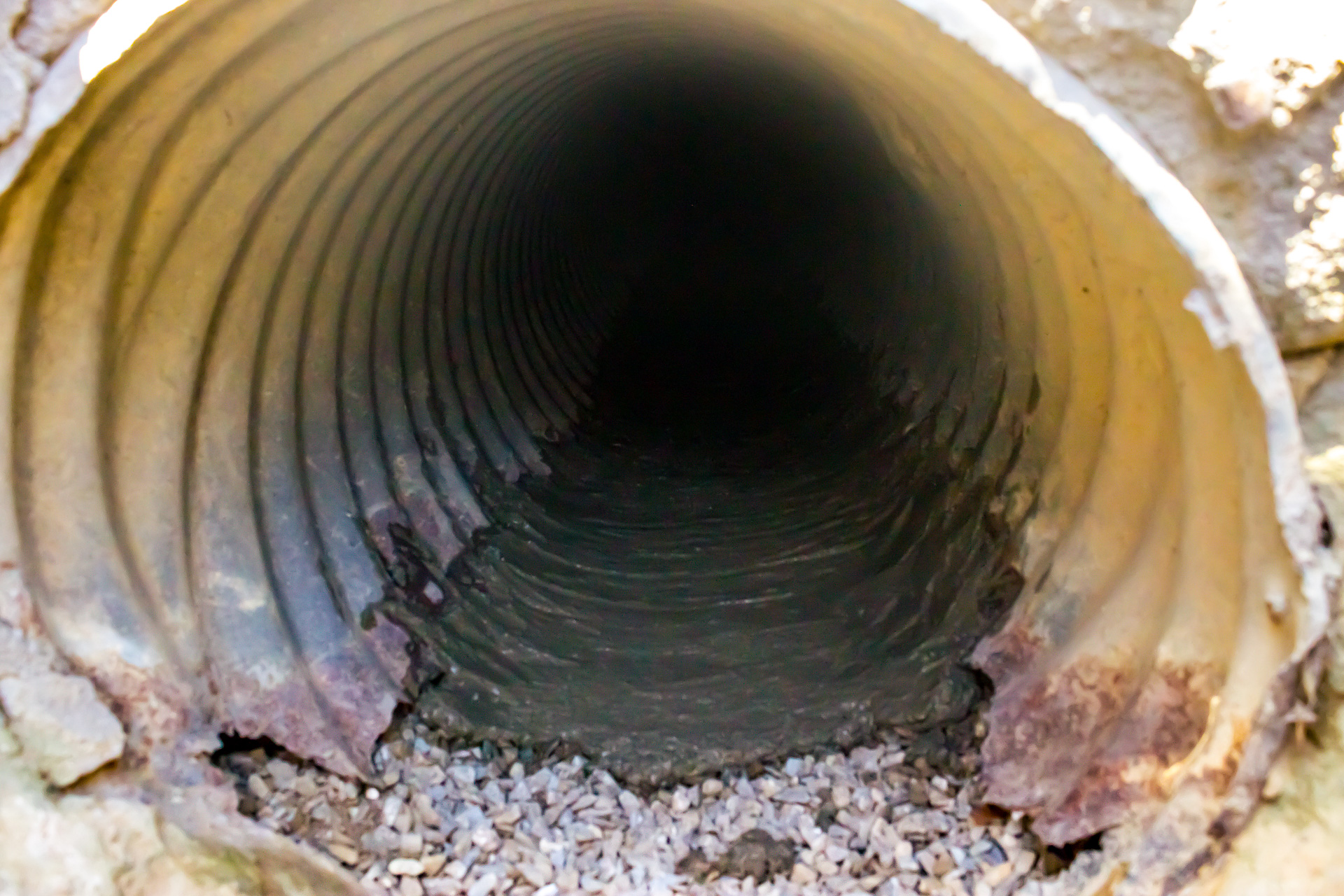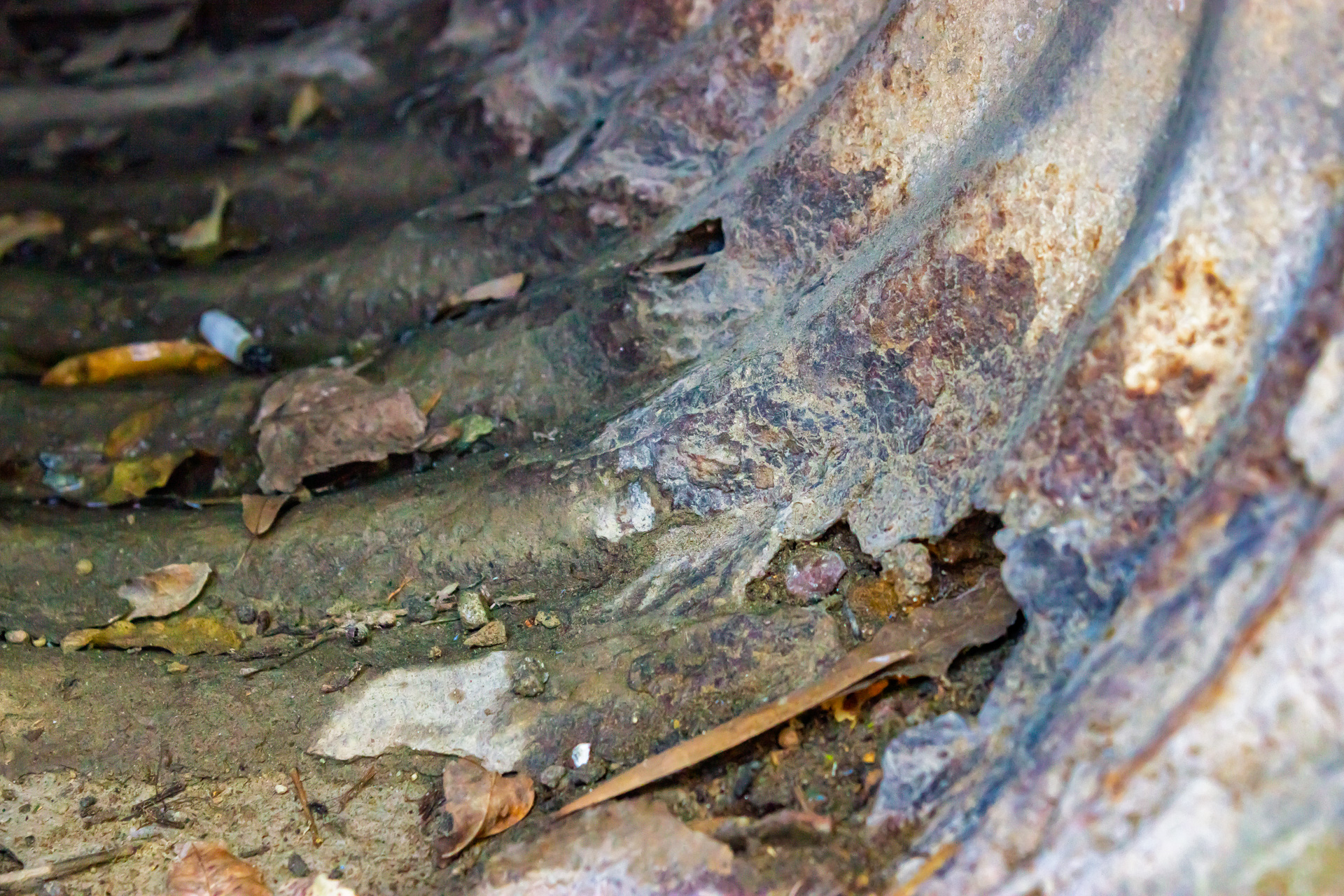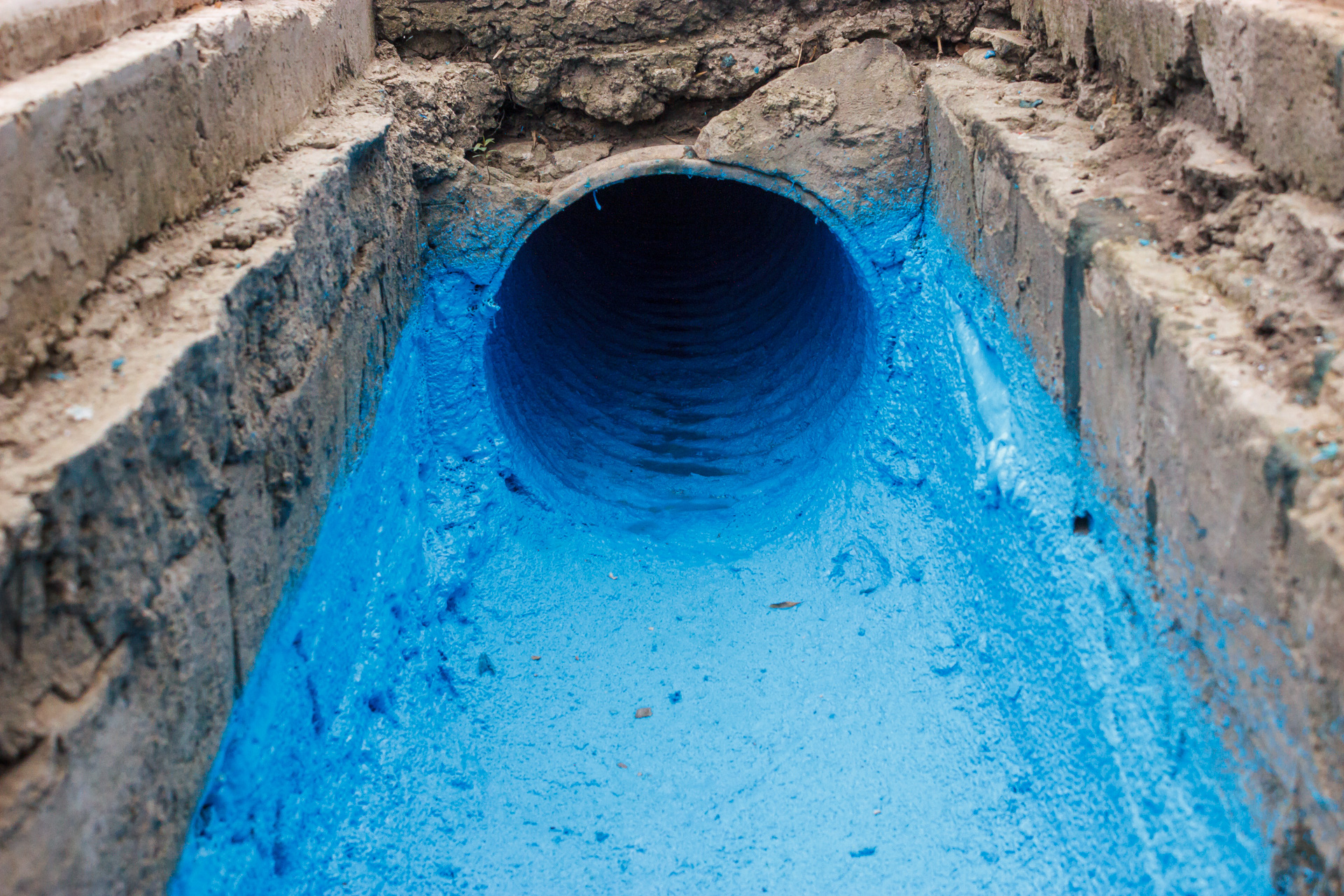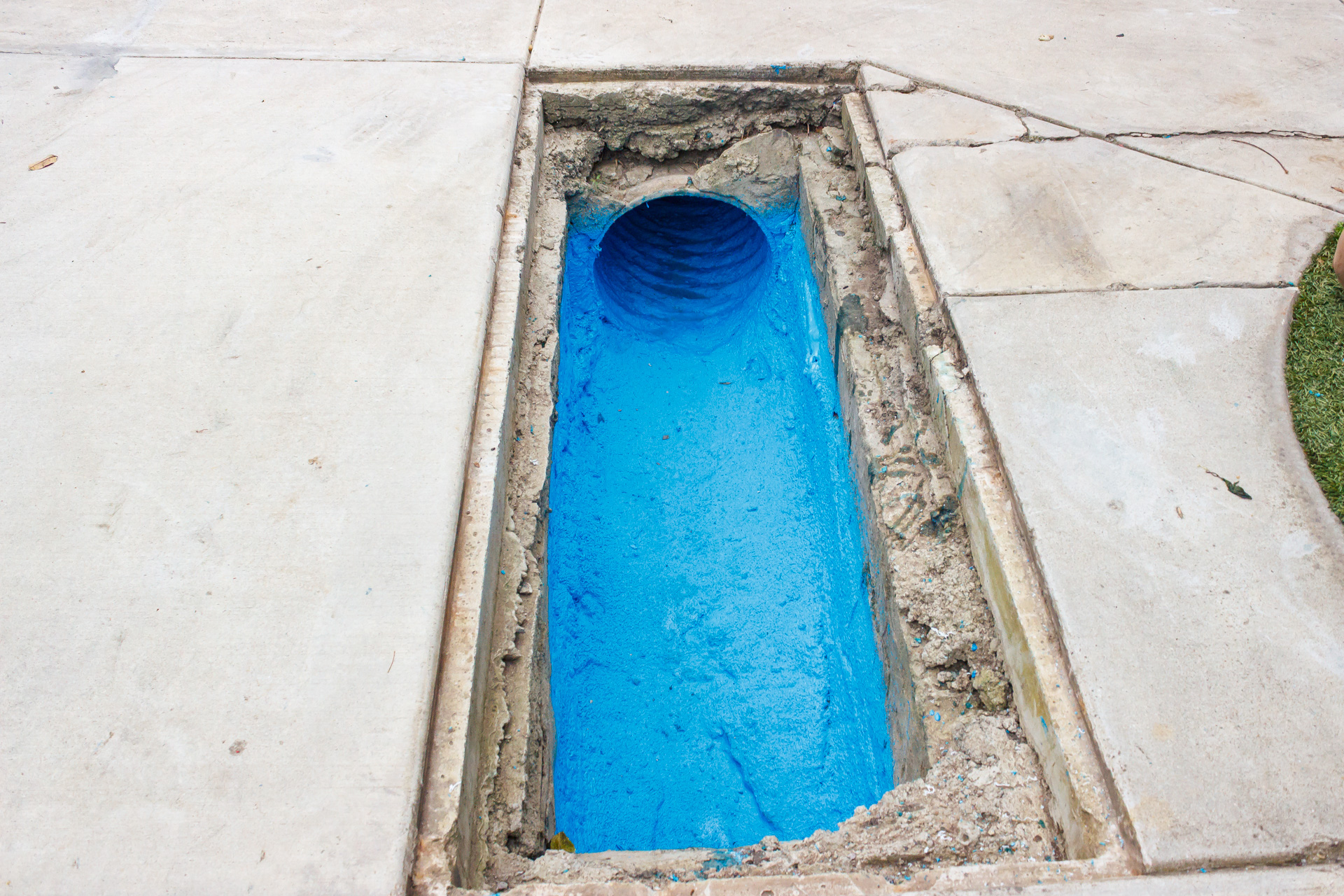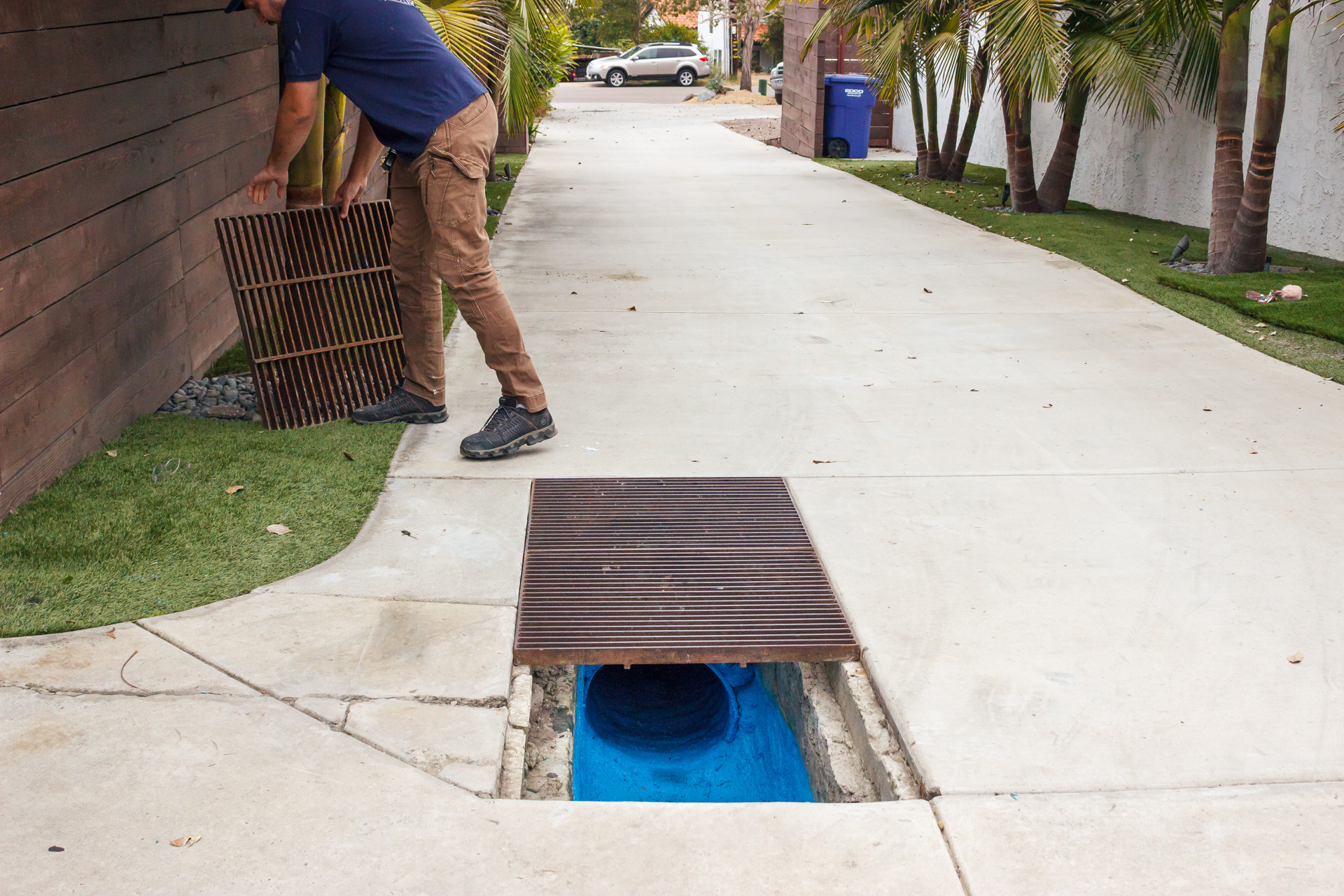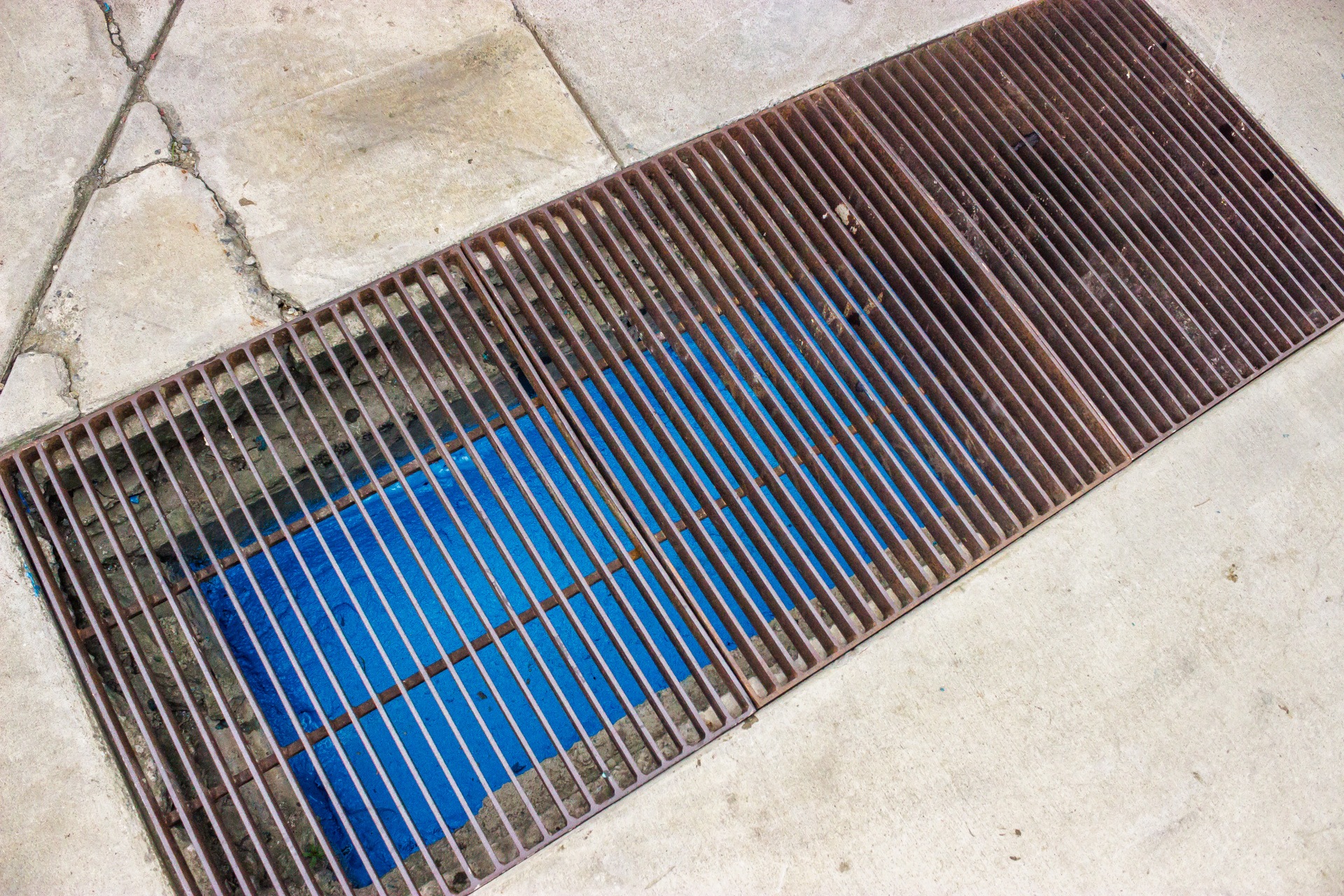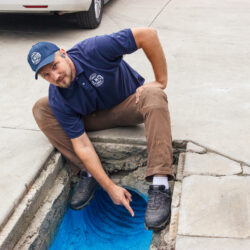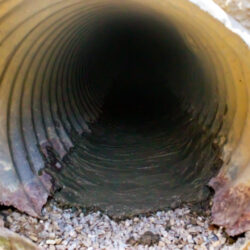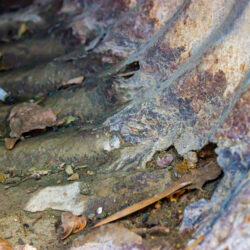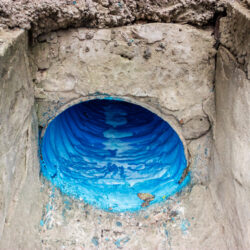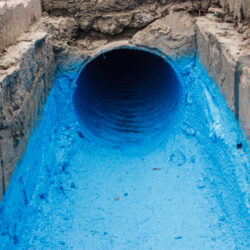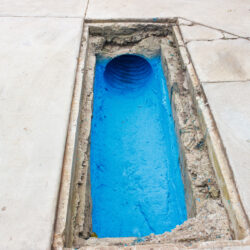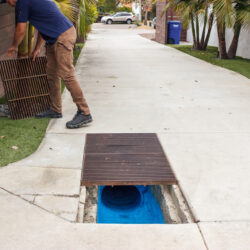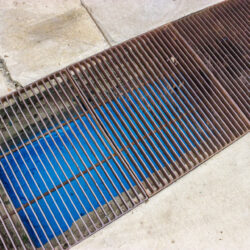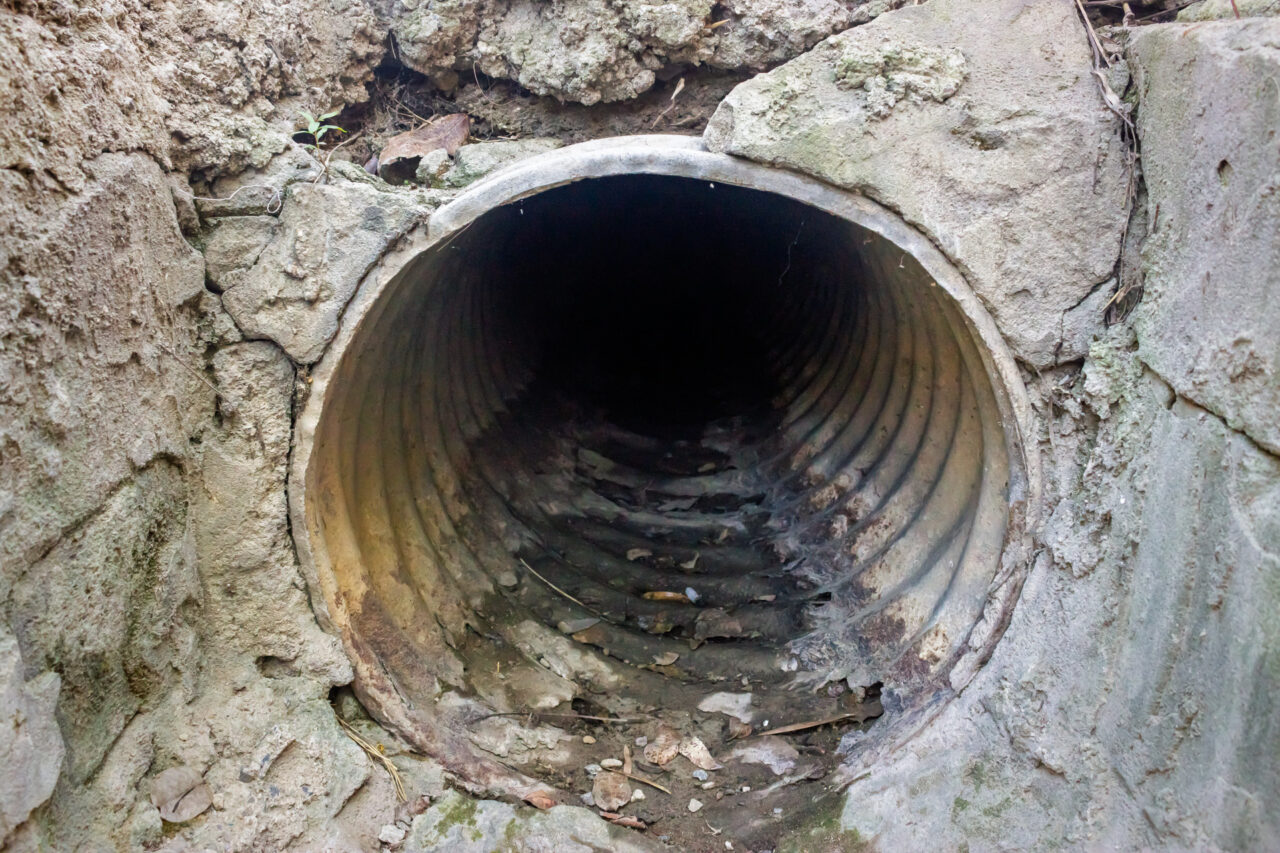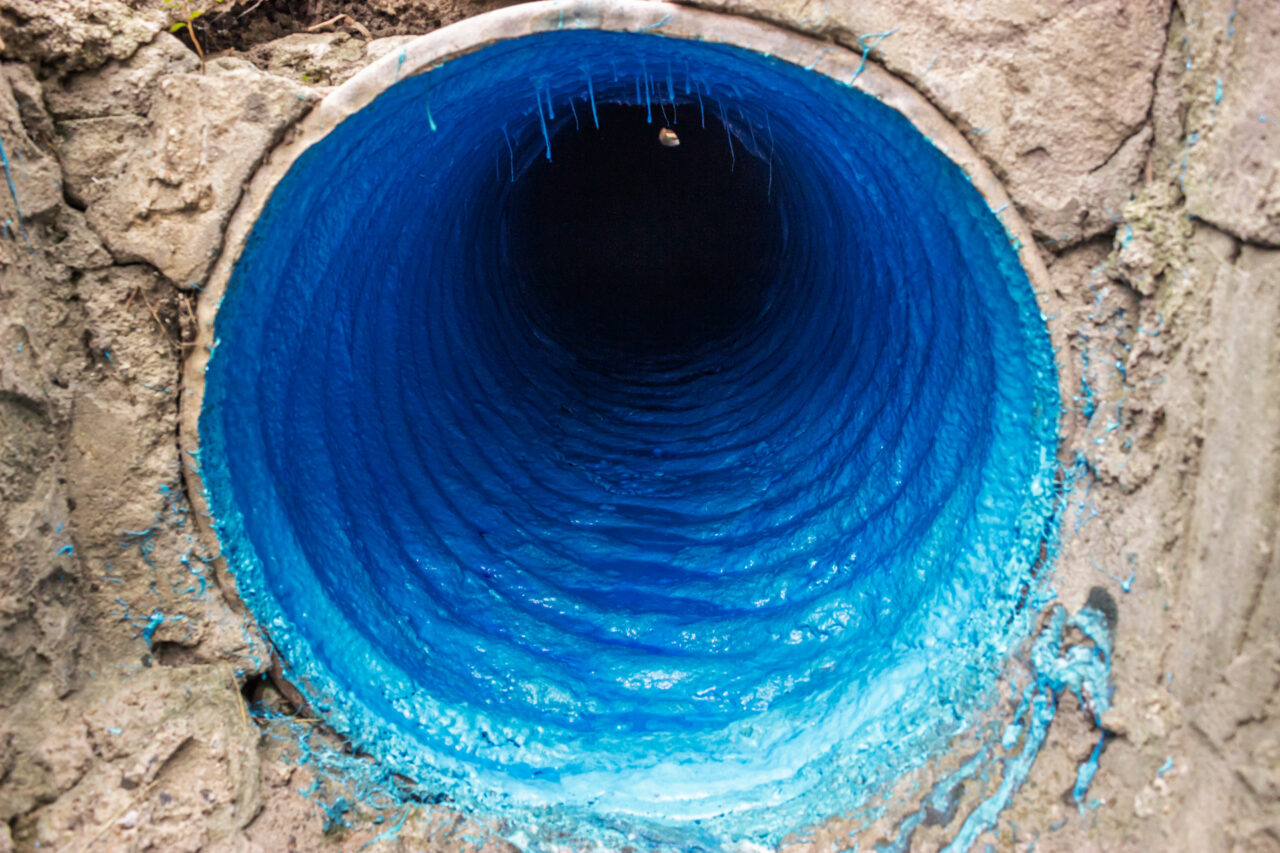How to Perform Trenchless Repair of an 18-Inch Storm Drain: Adapting Epoxy Pipe Lining, Step-by-Step Process, Before & After Photos
Storm drain repair is typically associated with traditional methods, which involve completely replacing old, worn-out pipes with new ones. However, in Solana Beach, our team had a unique experience repairing an 18-inch storm drain using one of the trenchless methods.
In this article, Vlad Khorenko, CEO of Almco Plumbing, discusses the technical challenges encountered during the project and the innovative use of epoxy pipe lining technology to restore the functionality of large-diameter storm drain pipes.
Contents
Technologies & Services
Client’s Problem: Why Trenchless Repair Was the Best Solution
One of the most pressing issues in storm drain maintenance is the restoration of aging systems, which often require urgent intervention. In such cases, traditional engineering methods prove either insufficiently effective or overly expensive.
A prime example of our team’s work is a project in Solana Beach (San Diego County), where we repaired an 18-inch partially collapsed iron storm drain. This case highlights the advantages of trenchless technology for pipes in critical condition.
Key Issues
- Pipe Wall Corrosion: The metal surfaces were severely damaged, leading to through-holes and water leakage into the surrounding soil.
- Void Formation Beneath the Pipe: Extended soil erosion beneath the pipeline created voids, jeopardizing the integrity of the road above.
- Recent Road Repairs: A 200-foot section of road had recently been repaved with new concrete, making traditional trench-based pipe replacement unfeasible.
Why We Chose Epoxy Pipe Lining Technology
Given that the standard approach would require destroying the new road surface, Almco Plumbing engineers opted for a trenchless pipe restoration method. This approach was ideal for the following reasons:
- Minimal Structural Impact: Avoiding excavation preserved the road’s integrity and eliminated significant traffic disruptions.
- Cost Reduction: Factoring in the expenses of removing and restoring the concrete pavement, the trenchless method was considerably more affordable.
- Speed of Execution: The storm drain was restored to full functionality in significantly less time compared to traditional pipe replacement methods.
Technical Features of the Project & Almco Plumbing’s Solution
Epoxy pipe lining technology is recognized as one of the most cost-effective and efficient solutions in challenging structural conditions. This method restores the interior surfaces of pipes by creating a durable, chemically resistant epoxy coating without excavation.
However, the equipment available to us was originally designed for pipes with diameters of up to 8 inches. To address this, our specialists modified the equipment and designed a custom setup tailored to apply epoxy to large-diameter storm drains. Additionally, some of the repair processes were revised to accommodate the unique challenges of working with an 18-inch pipe.
Overcoming Technical Challenges
The work was complicated not only by the pipe’s dimensions but also by several additional factors:
- Complex Pipe Geometry: Bends in the storm drain required precise equipment calibration and a tailored approach to applying the epoxy coating.
- Severely Worn Structure: Fragile, heavily corroded sections demanded careful handling during the repair process.
Almco Plumbing adapted standard cleaning, surface preparation, and epoxy application techniques to meet the specific demands of this project. Particular attention was paid to preliminary diagnostics and monitoring the pipe’s condition at every stage of the process.
Step-by-Step Trenchless Repair of the 18-Inch Storm Drain
Below is a detailed description of the entire trenchless repair process.
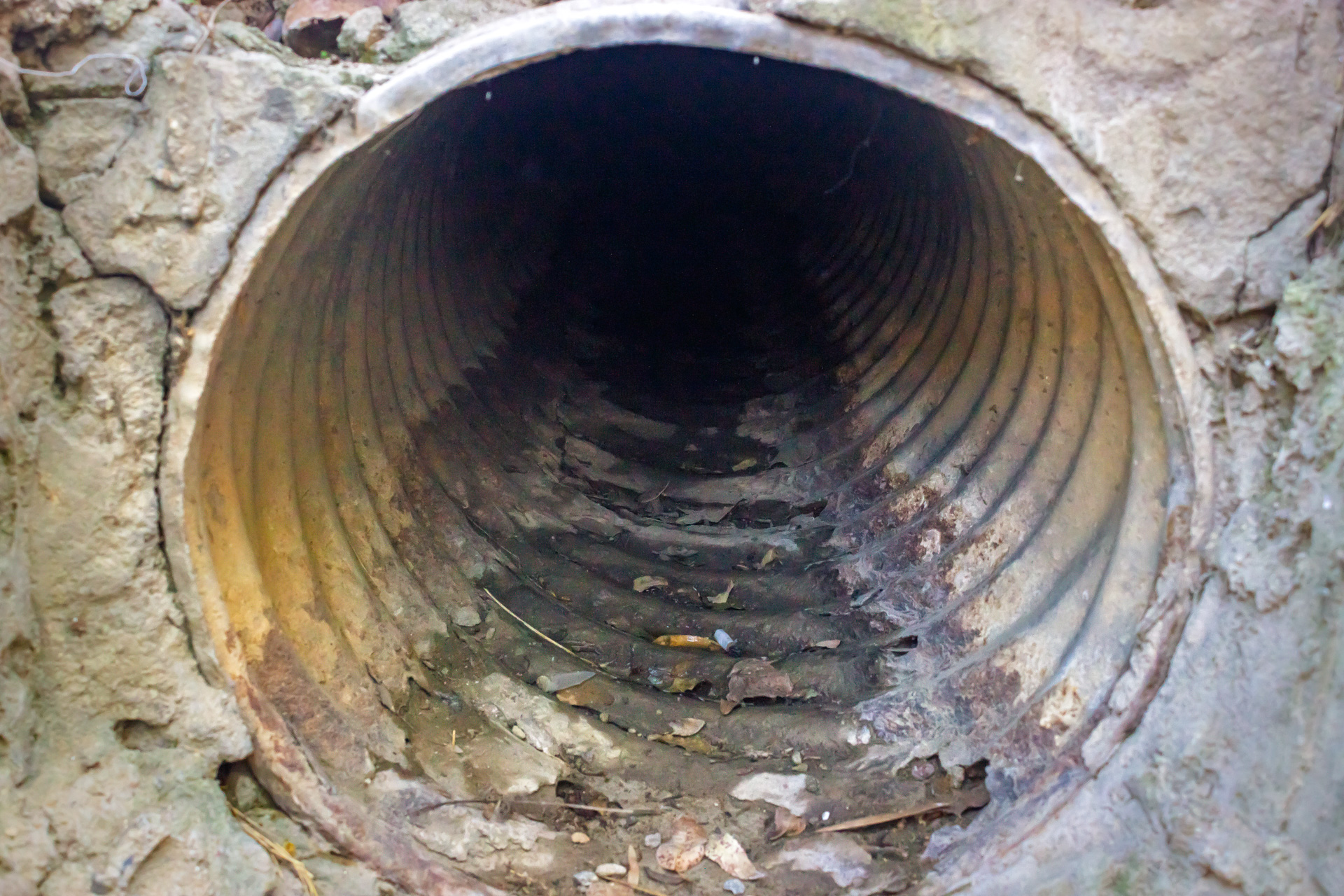
The first step was to fill the voids in the soil with gravel. This stabilized the ground and ensured that the pipe was firmly supported against the concrete road structures. This measure prevented further settling of the structure and provided a reliable foundation for subsequent work.
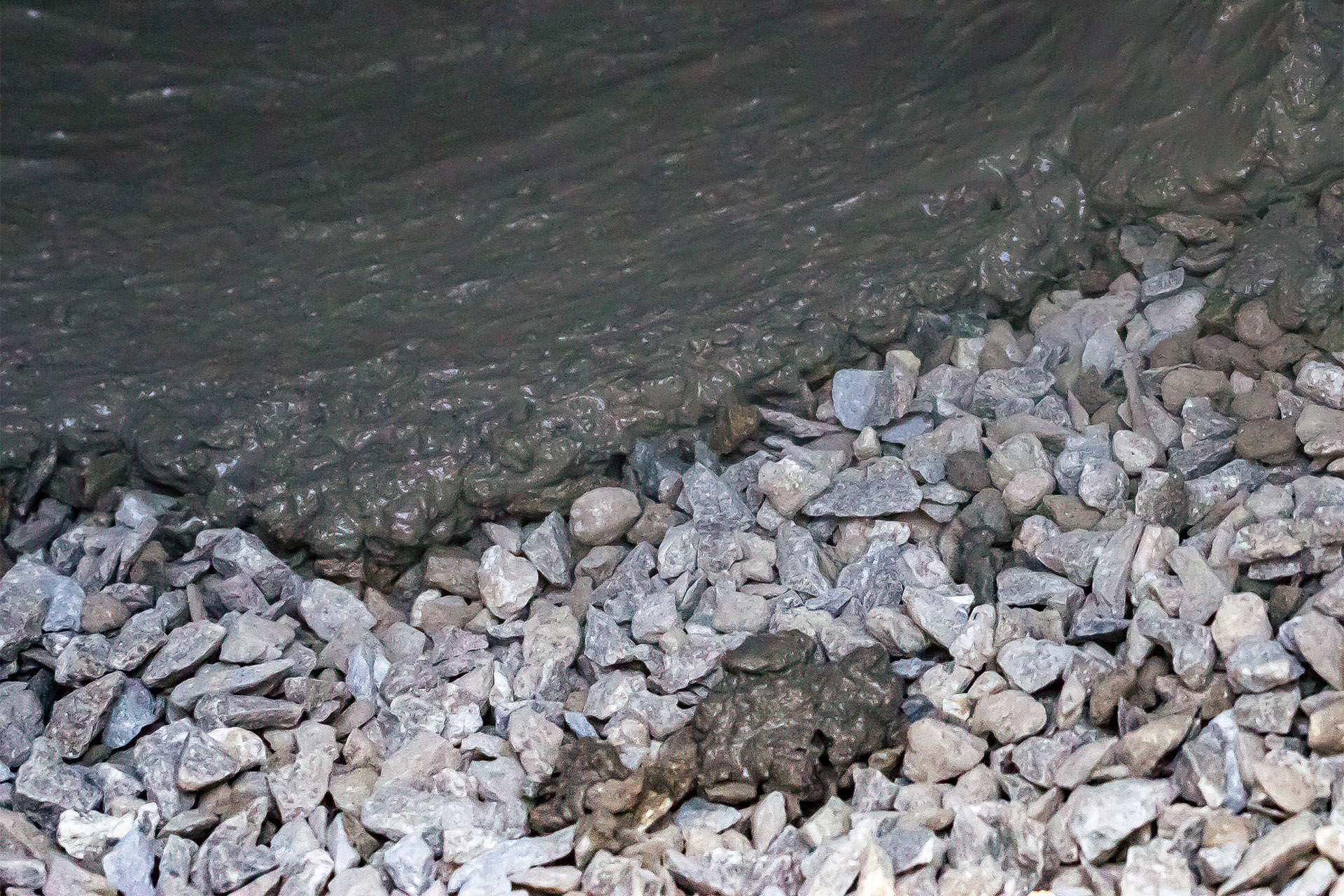
To repair defects inside the pipe, a cement-gravel mixture was used. All damaged areas were thoroughly cleaned, filled with the mixture, and compacted. This minimized the risk of further settlement of both the pipe and the road surface, creating a solid base for the next stages.
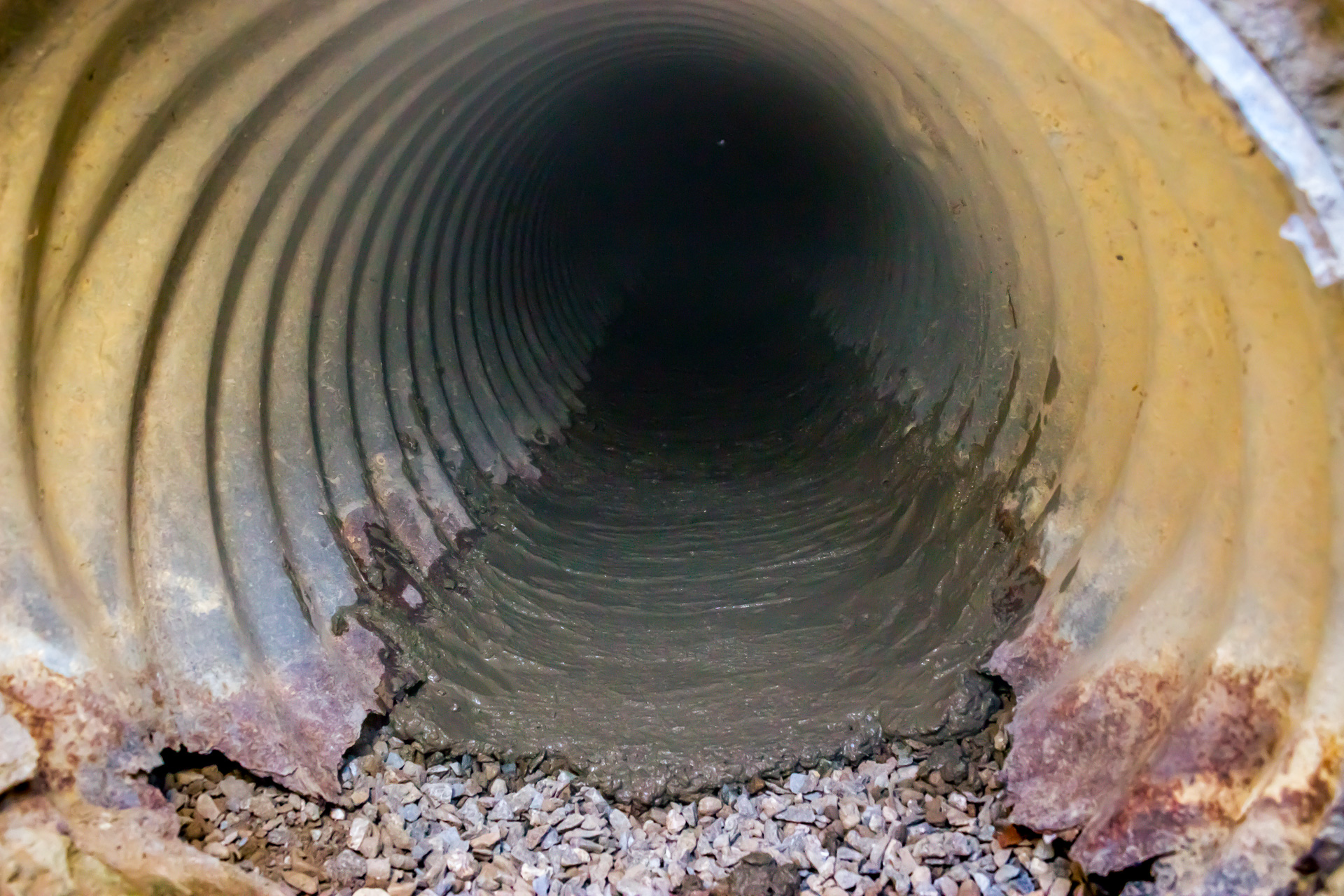
The team carefully repaired all damage to the surrounding concrete, including gaps around the pipe.
This work was essential to prevent rainwater from seeping into the concrete and to improve adhesion between the epoxy resin and the storm drain’s structure.
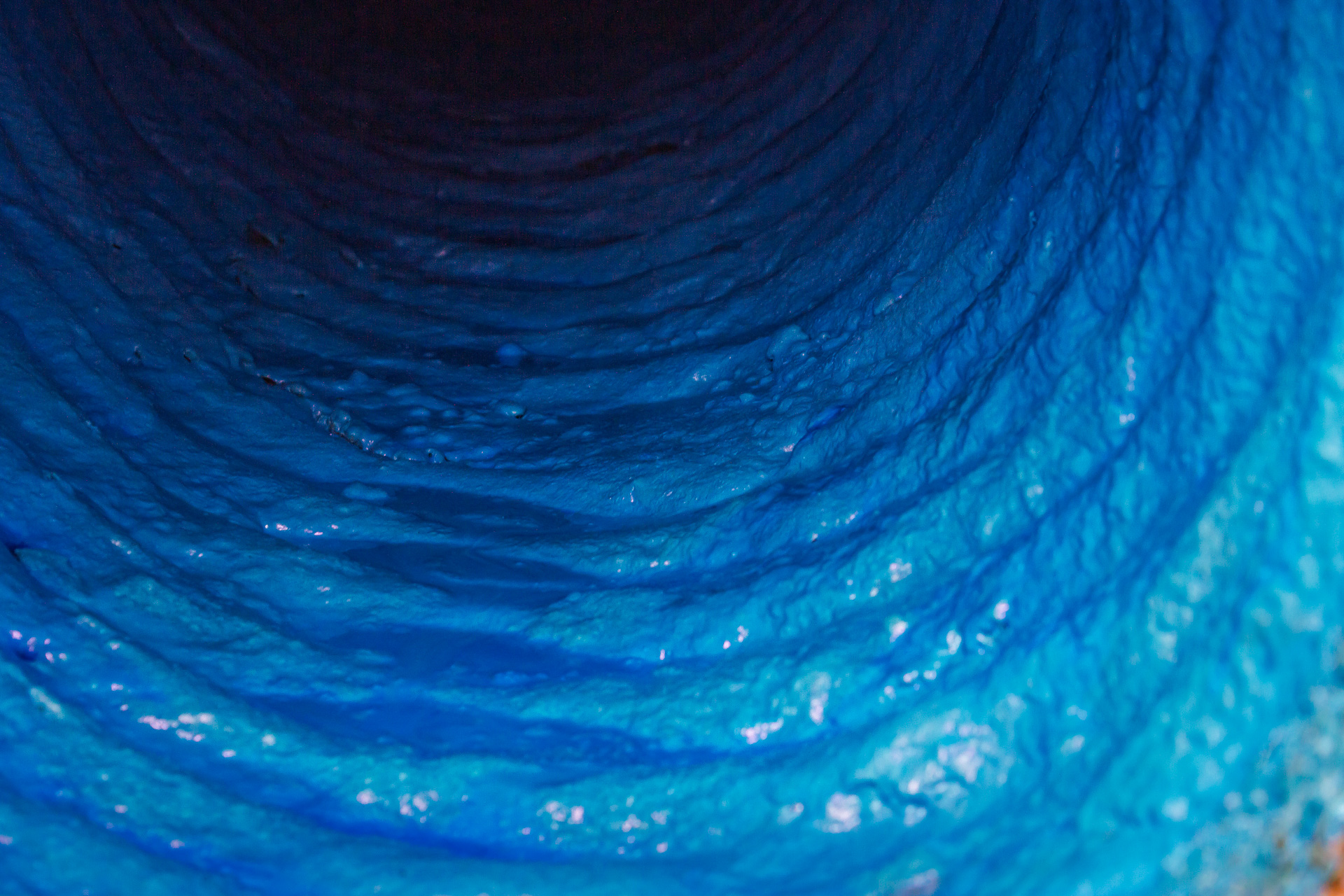
The metal pipe’s interior walls were thoroughly cleaned of corrosion and debris. A specially modified device, developed specifically for this project, was used to apply the protective coating.
The final step involved applying a polyepoxy layer to the entire interior surface of the pipe. The epoxy coating provided a durable, watertight seal, closing cracks, holes, and other defects while ensuring long-term resistance to external factors.
Repair Results: Before & After Photos
After applying the epoxy coating to the storm drain pipe, testing revealed the following outcomes:
- Complete Leak Elimination: The pipe’s seal was restored to 100%, which is critical for systems requiring efficient water drainage.
- Enhanced Structural Integrity: The epoxy coating reinforced the pipe’s interior surface, increasing its resistance to environmental factors, UV exposure, and aggressive chemical compounds.
- Preservation of Surrounding Infrastructure: The 200-foot storm drain was successfully rehabilitated without excavation or damage to the concrete road surface, significantly contributing to environmental preservation.
These results demonstrate the effectiveness of epoxy pipe lining technology in restoring pipe functionality, even under challenging operational conditions.
Advantages of Epoxy Pipe Lining
Compared to traditional large-diameter pipe replacement, epoxy pipe lining offers the following benefits:
- Cost Savings: The technology eliminates the need for excavation, removal of coverings, and material transport.
- Reduced Repair Time: Applying the coating takes significantly less time than a full pipe replacement.
- Minimal Impact on Infrastructure: There is no need for road repaving or disruption to landscape elements.
By utilizing this innovative technology, Almco Plumbing helped the client save considerable time and money, which is especially valuable in projects within densely populated urban areas.
Economic Efficiency & Future Prospects of the Technology
Even accounting for the costs of modifying the equipment to apply the epoxy coating, the method proved economically viable. This restoration approach ensures a long lifespan for the rehabilitated pipes, reducing future maintenance and repair expenses.
Epoxy pipe lining is becoming an increasingly popular method for restoring sewer and drainage systems. Almco Plumbing’s successful project highlighted the potential of this technology as an alternative to pipe replacement, offering significant cost reductions and minimizing disruption to properties during sewer and stormwater drainage repairs.
